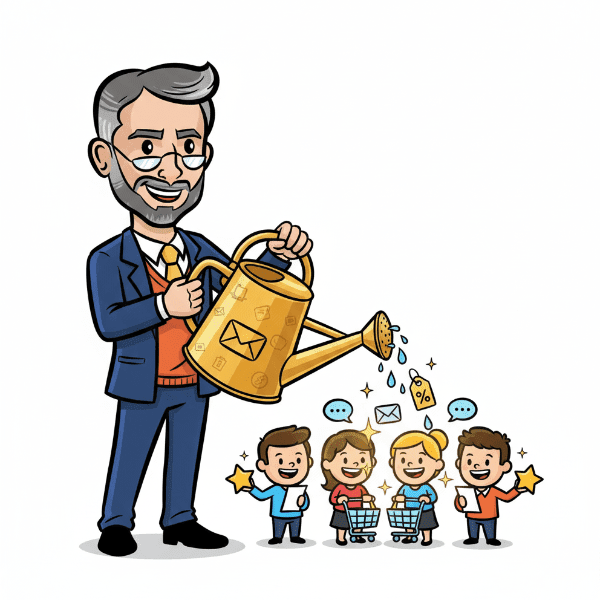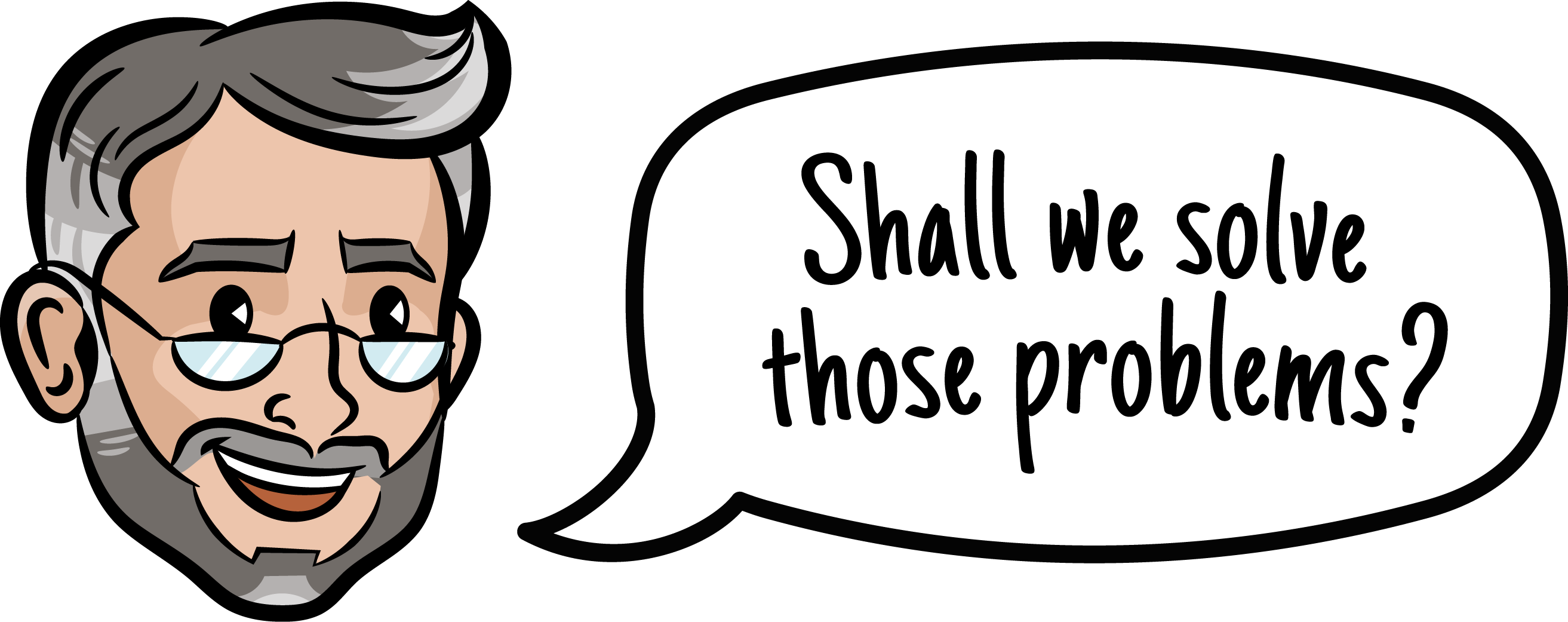Definition: A drip campaign is a form of automated marketing where a series of pre-written messages are delivered to leads or customers over time, based on triggers such as behavior, time delays, or actions taken. These messages are typically sent via email, SMS, or push notifications and are designed to nurture prospects, onboard users, or re-engage inactive customers.
By sending the right message at the right moment, businesses can build trust, guide users through the funnel, and improve conversion rates—without needing to manually manage every step.
Use It In a Sentence: We launched a drip campaign for new trial users, sending onboarding emails over two weeks to improve product activation and increase conversion to paid plans.

Why Drip Campaigns Matter
Drip campaigns are a cornerstone of modern marketing automation. Rather than flooding inboxes with one-time blasts, these campaigns offer timely, personalized communication that aligns with the customer journey.
Here’s why marketers and growth teams rely on them:
- Scalable lead nurturing
- Improved onboarding and education
- Higher engagement and retention
- Increased conversions and CLV
- Reduced manual workload for teams
How a Drip Campaign Works
Drip campaigns are typically built within a marketing automation platform. The core structure includes:
- Trigger Event
Something sparks the campaign: a sign-up, download, abandoned cart, etc. - Segment Targeting
Users are placed into audience groups based on intent, stage, or traits. - Message Sequence
A scheduled series of emails, SMS, or push messages is sent over days or weeks. - Conditional Logic (If/Then)
Messaging adapts based on user behavior (e.g., if a link is clicked, skip next email). - Performance Tracking
Marketers monitor open rates, CTR, conversions, and optimize accordingly.
Popular Types of Drip Campaigns
| Type | Purpose | Example |
|---|---|---|
| Welcome Drip | Onboard new users | 3-part series introducing your brand and products |
| Lead Nurturing Drip | Convert leads over time | Educational content with a CTA to book a demo |
| Abandoned Cart Drip | Recover lost sales | Reminder with a discount code |
| Post-Purchase Drip | Increase loyalty and repeat purchases | Tips on product use, plus a cross-sell offer |
| Re-engagement Drip | Re-activate inactive users | “We miss you” message with a personalized incentive |
Drip Campaign vs. Email Blast
| Feature | Drip Campaign | Email Blast |
|---|---|---|
| Timing | Triggered and time-based | One-time mass send |
| Personalization | High (behavioral and segmented) | Low to medium |
| Automation | Fully automated | Manual or scheduled |
| Purpose | Lead nurturing, onboarding, retention | Promotions, announcements |
Best Practices for High-Performing Drip Campaigns
- Start with a Clear Goal
What do you want the campaign to accomplish—conversions, reactivations, education? - Personalize the Journey
Use names, behavior-based triggers, and dynamic content to make each message relevant. - Time Your Messages Right
Find the balance—don’t overwhelm users, but don’t let them forget you. - A/B Test Frequently
Subject lines, CTAs, send times—test everything to find what converts. - Think Cross-Channel
Combine email with SMS, push notifications, or even retargeting ads for a cohesive flow.
When Should You Use a Drip Campaign?
Drip campaigns are ideal when:
- You want to scale personalized communication
- You’re onboarding users or customers over time
- You’re nurturing leads toward a high-consideration decision
- You want to reduce churn or re-engage lapsed users
- You need consistent touchpoints without daily manual effort
Final Thoughts: Drip Campaigns as a Strategic Asset
When done right, a drip campaign feels like a personalized concierge service for every lead or customer. It provides the right content at the right time—and nudges users closer to action in a non-intrusive way.
Whether you’re running a SaaS platform, an e-commerce store, or a B2B service—drip campaigns can dramatically improve your ability to scale trust, engagement, and revenue.
More Definitions
For more marketing and sales terminology, visit our Sales & Marketing Jargon Encyclopedia:












